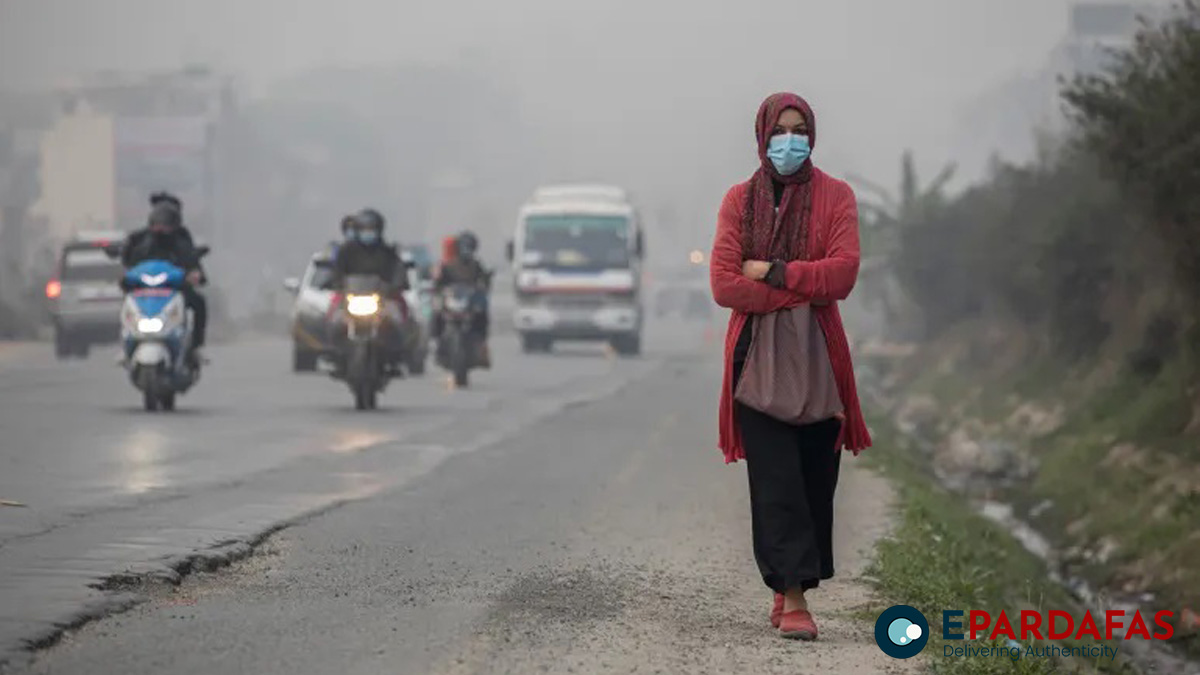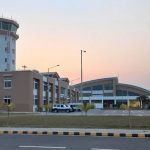Kathmandu Valley is facing rising air pollution alongside extreme cold weather. The Air Quality Index (AQI) today recorded a pollution level of 250, categorizing it as very unhealthy.
Environmental expert Bhushan Tuladhar explained that air pollution worsens during winter due to temperature inversions, with cold air trapping pollutants close to the ground. As temperatures rise in the afternoon, the pollution disperses slightly. The practice of burning garbage, tires, and firewood during winter further exacerbates the issue.
Kathmandu ranks as the fifth most polluted city globally today, with Lahore, Pakistan, topping the list at 341 AQI. Kolkata, India, Ulaanbaatar, Mongolia, and New Delhi, India, also feature among the most polluted cities.
Disaster management expert Dr. Dharmaraj Upreti said an AQI above 300 is considered a disaster, as defined by the Air Quality Management Action Plan 2076 BS for Kathmandu Valley. The plan recommends measures to combat pollution, including halting the burning of waste, increasing road cleaning efforts, and issuing public health advisories.
The government’s National Environment Policy-2076 BS also includes strategies to reduce pollution, such as setting national standards for air, water, and soil quality and establishing monitoring centers in major cities and industrial areas.
Efforts to address air pollution remain crucial as the deteriorating air quality poses serious health risks to residents.














Comments